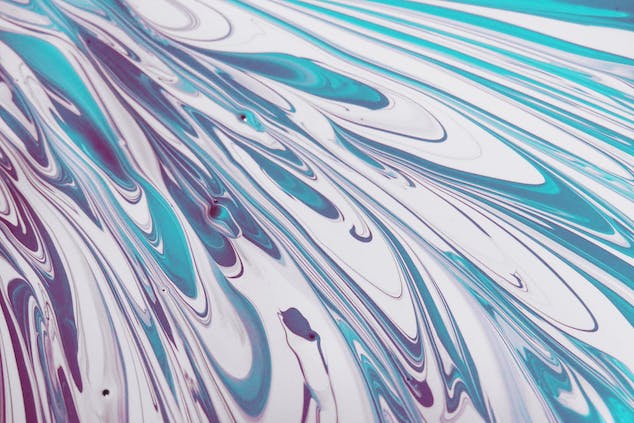
How is New Technology Changing the Visual Arts Game? From artificial intelligence, tech tools, computers and screen printing- the new frontier of creativity has arrived.
Annie Leibovitz is one of the top selling photographers of all time, with a portfolio that includes that famous John Lennon and Yoko Ono cover on Rolling Stone (the one where a naked John embraces Yoko, he in a fetal position, she in stark black with her arms above her head).
It is therefore almost surprising to hear her acknowledge that she is “still learning about digital, the way we all are.” She would, she says, go over past work now that technology has improved. From more vivid hues to special effects, digital photography is only one of many technologies that are doing more than make life easier for artists; it is enabling them to express their full vision. Best of all, many of these technologies can help everyday people become artists who can enter ‘the Zone’ and give themselves to ‘the here and now’.
Drawing Younger Generations In
Tech tools like the iPad and Apple Pencil, or Microsoft’s much covered Surface tablets, appeal to younger, tablet-bound generations, inspiring them and teaching them how to create simple designs that can grow increasingly complex in time.
There is no doubt that those who will go on to become professional illustrators require a special vision and an ability to capture the beauty of the moment, but visual arts tools can help non-artists in many ways. Proportion, color combinations, shadow, light, and composition are just a few techniques that can be honed through a combination of leading digital apps and tools such as digital pencils.
Screen Printing as a Fashion Statement
Screen printing for DIY fashion is just one example of how technology is bringing art to everyday households. For a more than affordable price, everyday users can create everything from home décor items to cotton and poly-cotton shirts or decorative pieces printed on paper.
Modern day personal screen printers connect up to computers and inkjet printers, and can be used to give life to personal designs that can easily be printed onto transparencies. This type of design, created on paper or cloth, is also ideal for bespoke presents. With surveys showing that millennials are deeply into personalized/customized gifting, screen printed presents fit right in with the spirit of the times.

Can Computers Have Vision?
Art is no longer exclusively the realm of human beings. According to Hackernoon, in October last year, prestigious auction house, Christie’s sold the first-ever painting created exclusively via artificial intelligence, for over $430,000 USD.
The stunning work, featuring an image resembling a man in a dark coat, was created using a specific algorithm that fed the system with 15,000 portraits from the 14th century onwards. The creator was software developer Jeremy Kraybil, who admits he lacks the skill needed to be technical artist. However, the programs used to create the art were difficult and complex and the result was a work that many say somehow oozes ‘creative vision’.
Datasets and Art
Artist Anna Ridler came up with one of the most creative exhibitions of 2019, shown at the Barbican Centre this year. The exhibition, called ‘Myriad’, relies on massive datasets to produce a piece of art. Inspired by the high financial value given to tulips in the early 17th century, Ridler used her data set to create an AI-generated video called ‘Mosaic’. Each tulip changed in form and color depending on bitcoin pricing.
The video is rather spellbinding and, many would say, presents similar changes to those witnessed in stop-motion films. ‘Mosaic’ was the name of the virus that caused stripes to appear on tulip petals. These strips raised their value considerably and made them a much coveted item by wealthy aristocrats.
There is no doubt that technology wields great potential for artists – both those who are naturally drawn to creation, and those who are more into technology itself. Systems like CloudPainter (a robotic system designed to paint original pieces) and AI-generated video beckon us to discuss the ethical and philosophical issues that inspired films like Robocop and Her.
If philosophy isn’t your thing and you simply enjoy creation, however, why not start with a free illustration app, slowly building up your tech collection as you create increasingly beautiful works?






